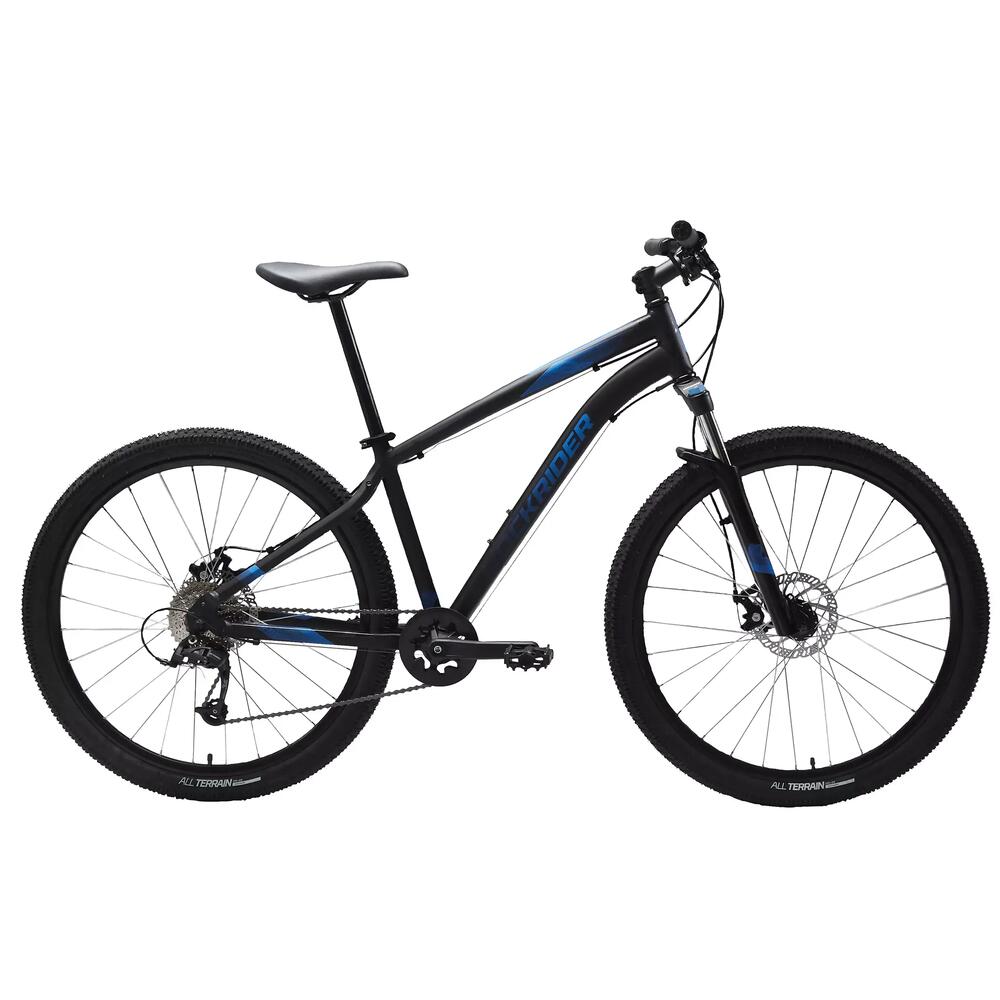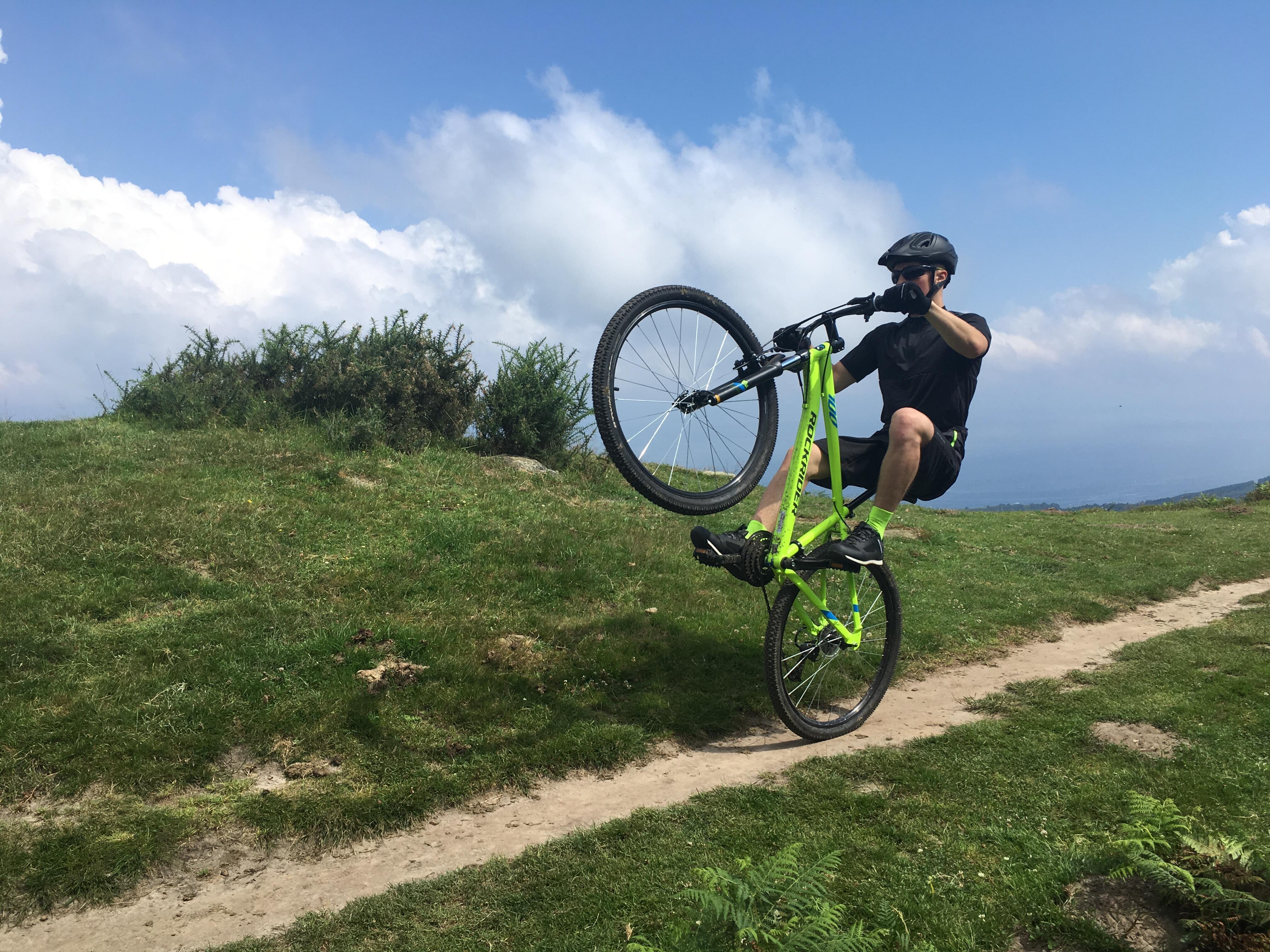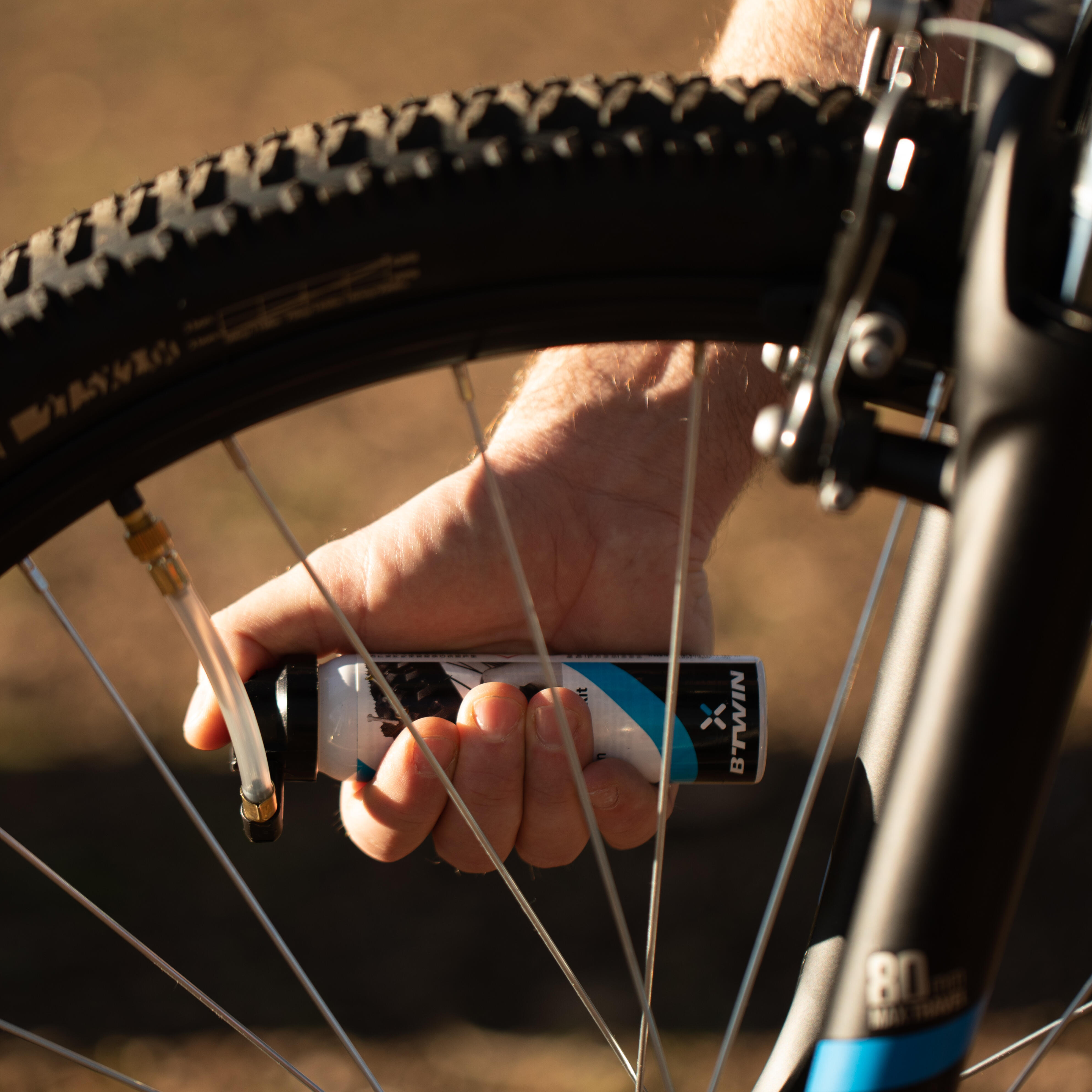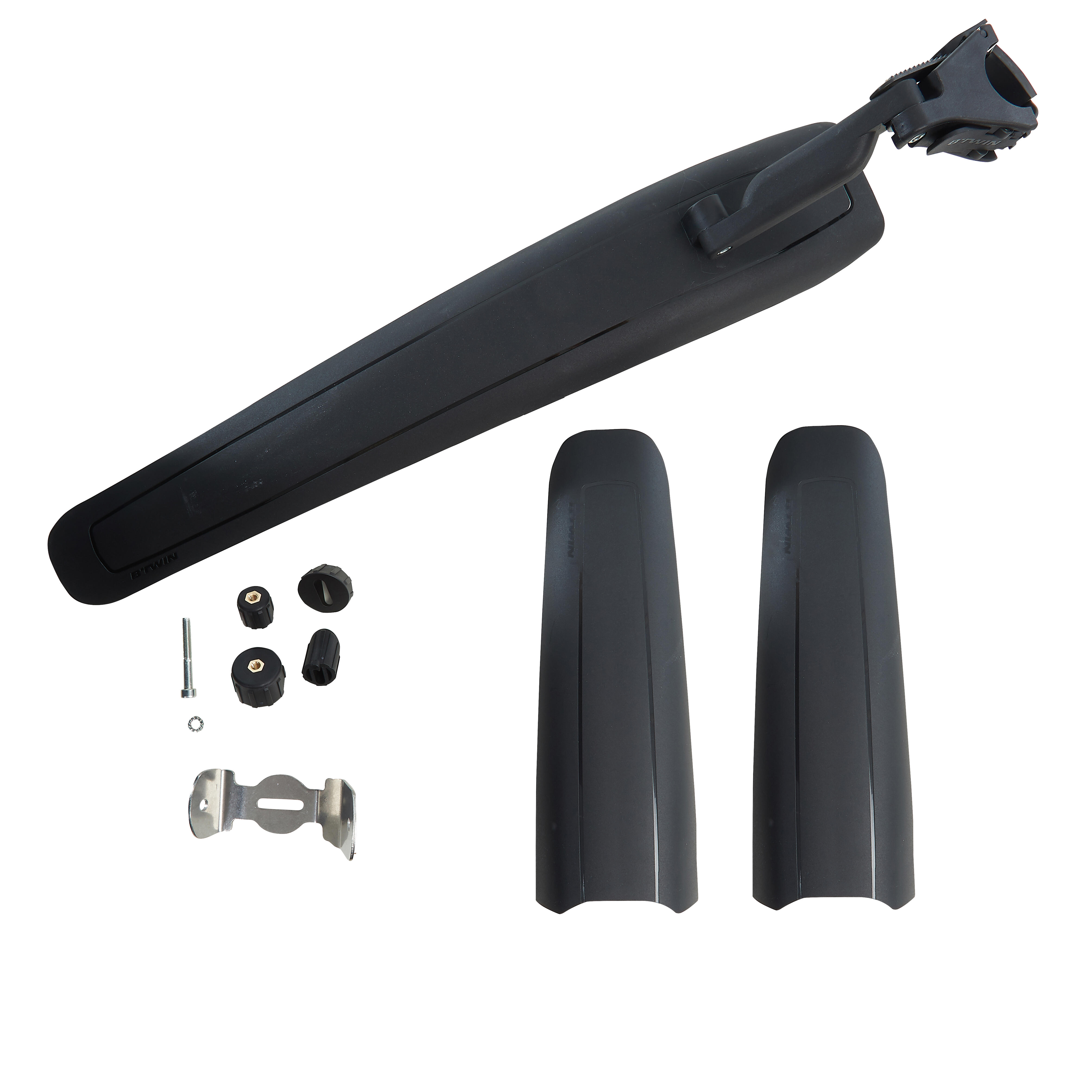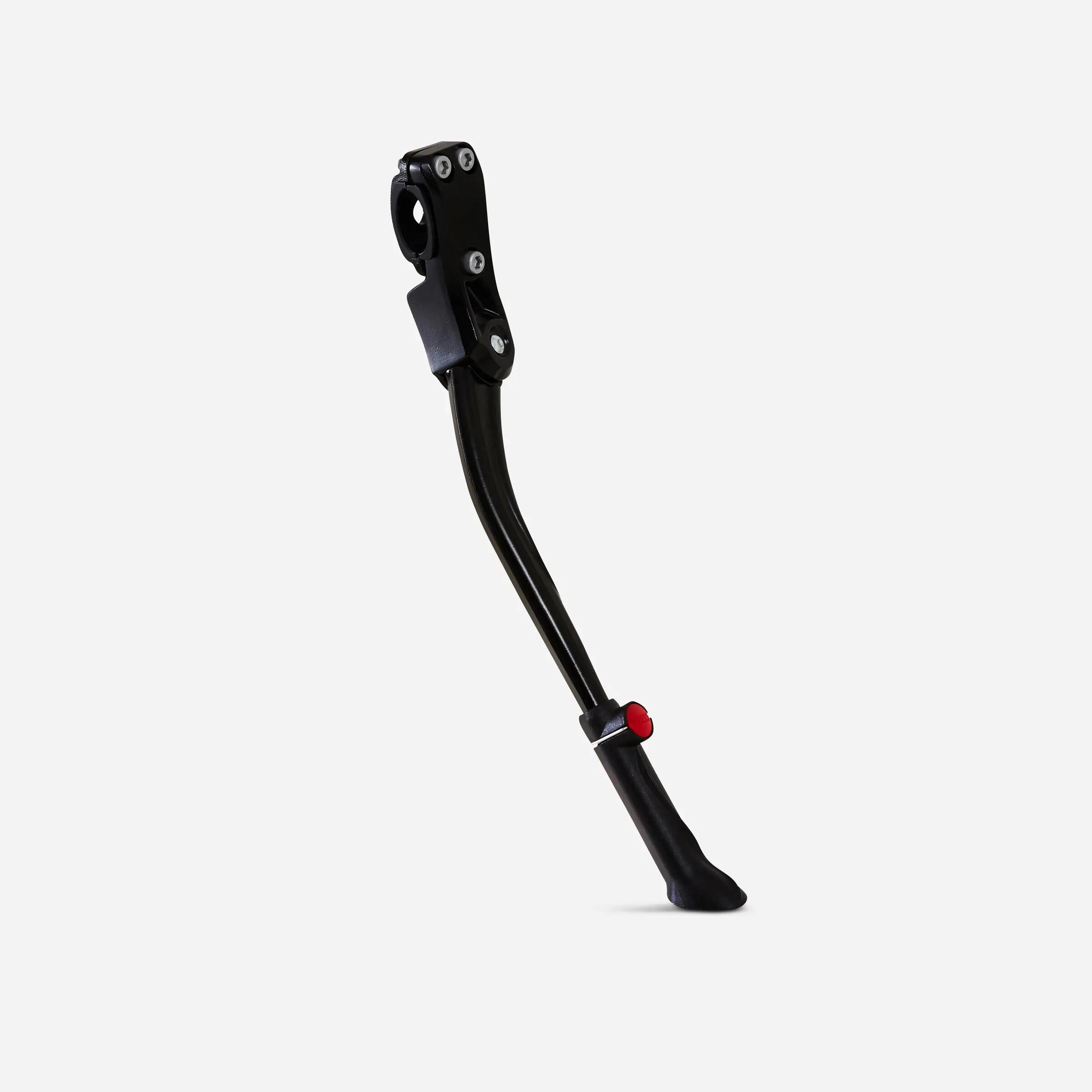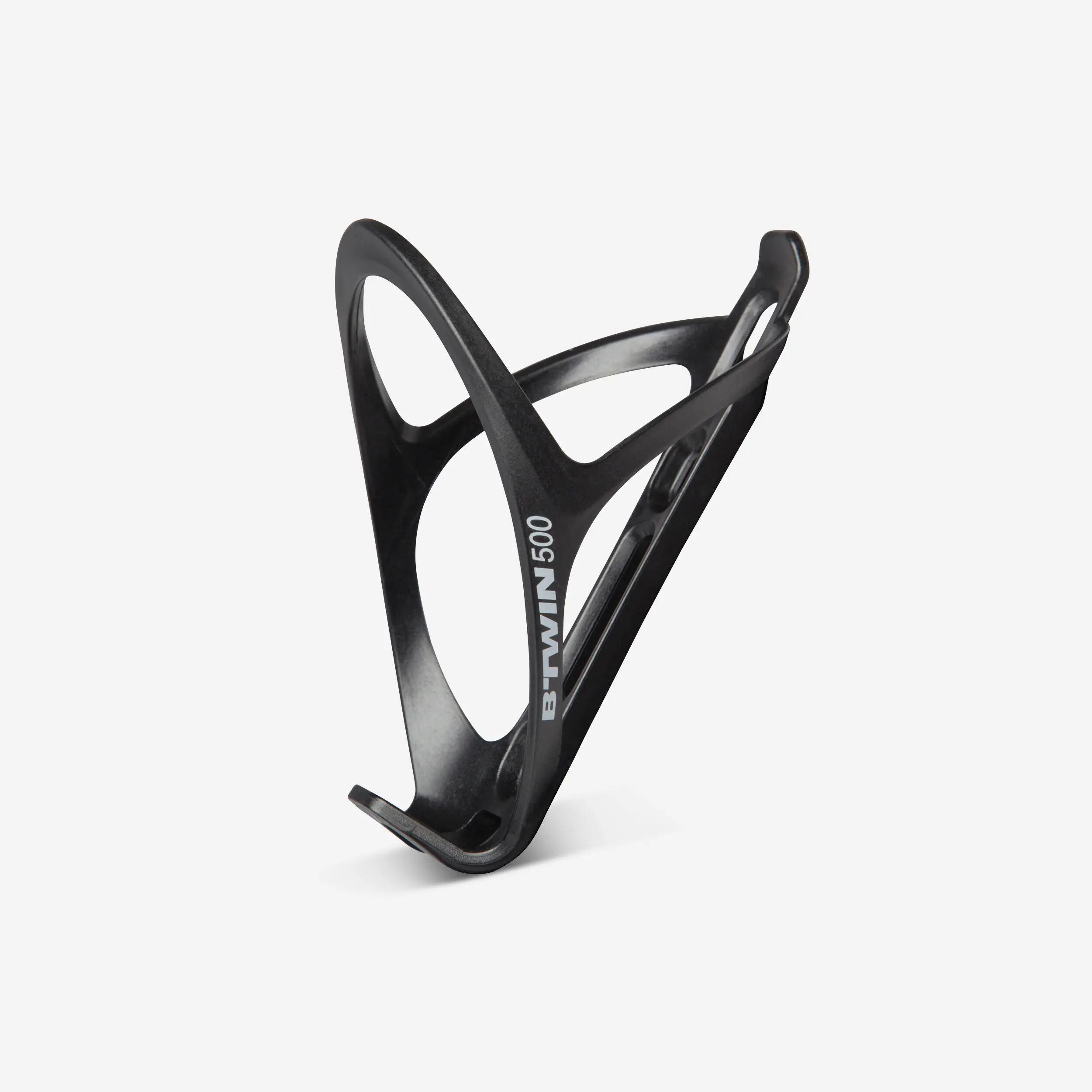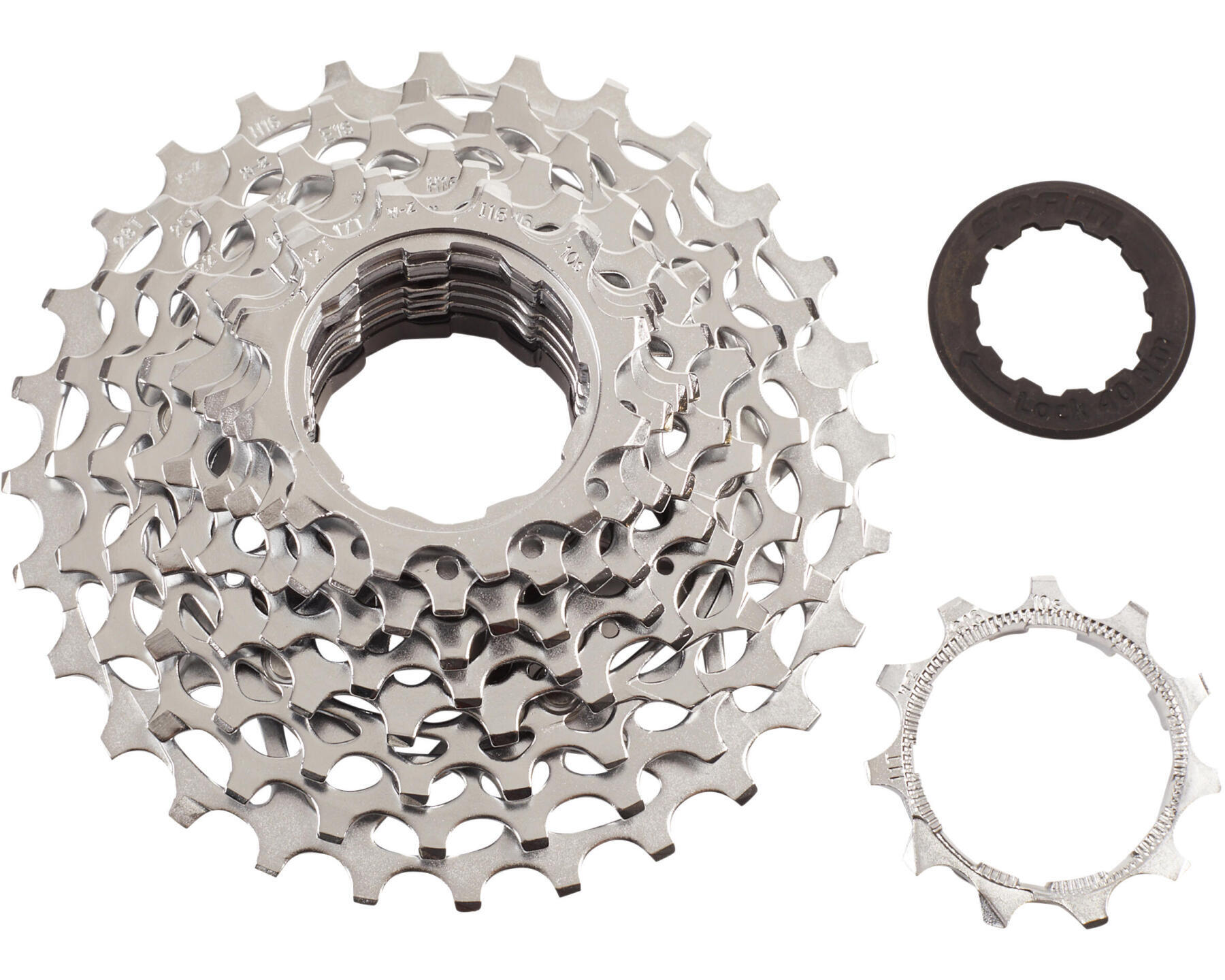Having the right gear in case of a mishap
Be sure to have all the right gear when you set out on your MTB rides in the event you need to fix a flat, a broken chain, or another mishap. Here is a selection of products that can help you get out of a number of technical misadventures.
